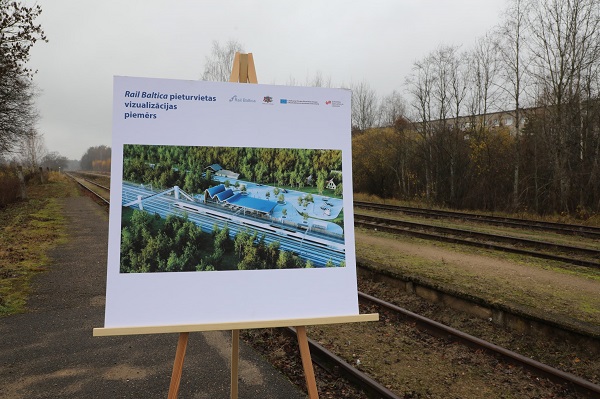
Rail Baltica’s national implementing body, Eiropas Dzelzceļa līnijas, and RERE INECO have signed a cooperation agreement for the construction design of 16 regional mobility points planned on Rail Baltica mainline in Latvia.
The 16 regional mobility points are in addition to the Riga Central Station and Rail Baltica station, which are currently being built at the Riga International Airport.

Discover B2B Marketing That Performs
Combine business intelligence and editorial excellence to reach engaged professionals across 36 leading media platforms.
Latvia Transport Minister Tālis Linkaits said: “The speed and precision ensured by train traffic will enable diverting the passenger flow from private to public transport. To implement this, cooperation among all the parties involved and the local government plays crucial role for full use of the potential offered by the Rail Baltica stations in the future.”
RERE INECO will develop construction designs by 2024. It will carry out supervision until commissioning of the buildings.
Regional mobility points are expected to bring together many modes of transport, such as railway, state and municipal buses, private vehicles and electric vehicles, scooters, bicycles besides all other micro mobility tools.
Touching a speed of up to 200km/h, regional trains of Rail Baltica line will halt at international stations and regional stops.

US Tariffs are shifting - will you react or anticipate?
Don’t let policy changes catch you off guard. Stay proactive with real-time data and expert analysis.
By GlobalDataEiropas Dzelzceļa līnijas board chairman Kaspars Vingris said: “With introduction of Rail Baltica, an overturn in mobility habits is expected. As soon as the Rail Baltica regional trains will start running, people will no longer have to adjust by choosing their places of residence at a closer distance from the centre or Riga or their own. Furthermore, opportunities to create new jobs in regions or even work in the neighbouring countries will be provided.
“In order to create symbiosis between the regional mobility, micro mobility and railway, close cooperation of local governments aimed at adjustments of the vicinities will be required, but this will stimulate the regional development and new activities of national economy.”
———————————————————————————————————————
Image: Regional mobility points are expected to bring together many modes of transport. Credit: Rail Baltica.


